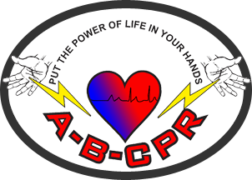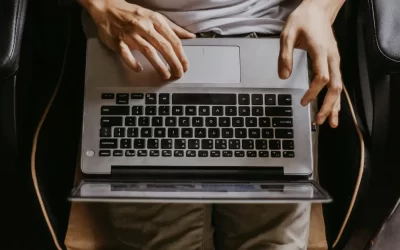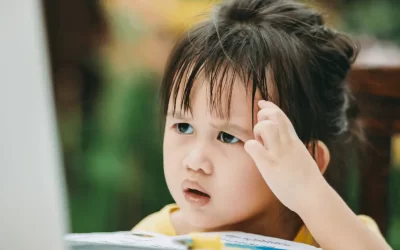
Children are known to always grab exactly what they shouldn’t be grabbing; whether it is a hot pan, mom’s makeup, or deciding that they want to color a mural on your office wall with crayons. However, kids don’t understand that there are consequences to these actions. Most of these are harmless and you may need to buy something new or grab some paint. But, when it comes to burns, the pain and fear is real for both your child and yourself.
There are many types of burns that a child can get. You have probably seen the classic sunburn. This is a first degree burn, otherwise known as a superficial burn. It may be painful for the child and cause discomfort, but fortunately there will be no lasting physical damage. (Of course this isn’t considering cancer caused by sun damage). So what should you do? We have heard of parents putting everything from lemon juice to butter on sunburns in hopes of an expedited recovery but in reality, you should do nothing! The first degree burn will heal on its own as long as it is not continually exposed to the heat source. Cool down your child by getting them out of the sun. If the child is extremely uncomfortable from a sunburn you can use aloe vera gel to create a soothing affect. Other first degree burns include a quick touch of a stove or accidentally running hot water instead of cold. The treatment is the same as above, cool the burn as quickly as possible with cool (not cold) water. You don’t want to shock the system by putting ice or freezing water, but you do need to get the wound cool.
Another type of burn is a second degree burn, or partial thickness burn, which contains those dreadful blisters. This can also be caused by sunburns and hot pans, but if the burn is of the second degree, that means that the heat drove deeper into the skin. This results in peeling and blisters and can produce scarring. If your child experiences a second degree burn, you can bet that you will be hearing about it. It is extremely painful. Many home remedies call for popping the blisters and putting some sort of home remedy (we have even heard mustard) on it. Don’t be that person. Do not pop the blisters as it can lead to infections and we do not recommend putting anything on the burn. The blisters are actually there to act as a cooling agent for the skin underneath, so don’t touch them! If you see any signs of infection from any sort of second degree burn, you can seek medical attention.
The worst. The notorious third degree, full thickness burn. If your child has a third degree burn, you need to stop reading this and get to a hospital ASAP. A third degree burn is the deepest burn, reaching all the way down into the muscle tissue and bone. Normally, third degree burns happen after a fire. The burn can be extremely dark, but sometimes is white due to the dead tissue. Do not, we repeat, do not put anything on this burn. This includes water. If you do, the hospital will have to take a brush and scrape it off to properly treat the wound. If there is clothing or anything stuck to the wound, leave it on. The only way for you to treat a third degree burn is to loosely cover it with something sterile to prevent infections. Get to a hospital or call 911.
 Having a child in your care is a big responsibility. It also doesn’t help that they seem to love to grab/sit on/touch/climb anything and everything that they can. We want you to be prepared for everything.
Having a child in your care is a big responsibility. It also doesn’t help that they seem to love to grab/sit on/touch/climb anything and everything that they can. We want you to be prepared for everything.
Make sure you visit our site at a-b-cpr.com/find-a-class or take it online from your couch at a-b-cpr.com/online-classes




